When the Netherlands was liberated in 1945, more than 2,000 diaries were collected for posterity. One year before, Dutch Minister Gerrit Bolkestein had asked his neighbors to keep recording their life during wartime – he knew the importance of those intimate accounts to help readers to grasp the depth of the tragedy. A similar call was done in the UK during the most challenging time of the Blitz. Of course, not all of them can be considered literature, but those personal chronicles provide a unique insight into the anxiety and uncertainty of wars.
Publishers have printed many of these accounts. Some are bestsellers, like Anne Frank’s diary or Primo Levi’s If This is Man, which is not a diary per se, but a heartbreaking depiction based on his memories of his experience in Nazi concentration camps. These two examples not only have an undeniable human and historical value but a literary one as well.
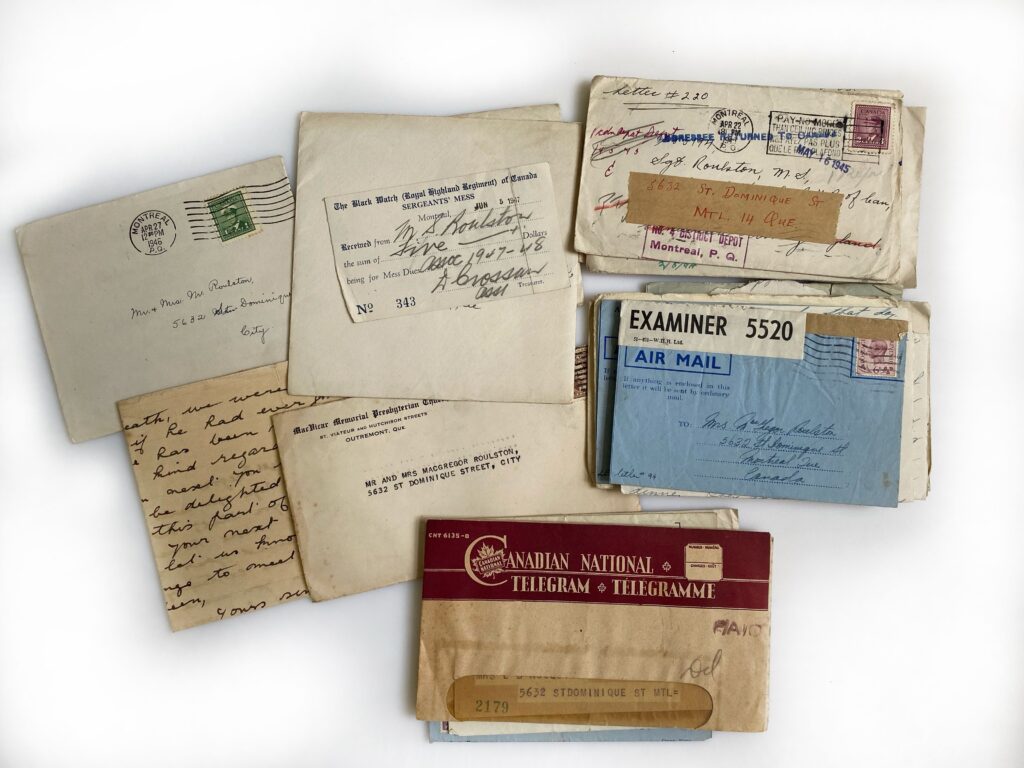
Katz Fine Manuscripts Inc
Many others provide a first-hand approach to domestic life and the resourcefulness of normal people trying to survive under exceptional circumstances. There are several examples listed on Biblio, like this diary of a middle-class American woman during and after World War II or this collection of letters and ephemera from a member of the Black Watch Of Canada throughout the same period.
This selection of diaries, autobiographical books, and memoirs shows the human face of the experience of war from the perspective of those fighting as well as those witnessing from the rearguard.
Testament of Youth by Vera Brittain
When writer Vera Brittain published Testament of Youth in 1933 it was immediately a great success. Virginia Woolf herself was captivated by Brittain’s prose. The author spent twenty years writing this memoir about her role as a nurse during World War I. Not only does she describe in detail how field hospitals operated, but also how the conflict affected their loved ones and a whole generation of young British. Brittain’s autobiography continues with Testament of Friendship (1940) and Testament of Experience (1957). She also published a WWII diary.
One Man’s Initiation: 1917 by John Dos Passos
In this exceptional autobiography, novelist John Dos Passos narrates his participation in World War I as an ambulance driver on the French-German front. It’s a vivid first-hand chronicle of the horror caused by trench warfare, as well as the despair and the angst of a young generation forced to live this horrible experience. It was Dos Passos’s first published novel. Although it was ignored by critics at first, it was later reviewed as a masterpiece.
The Face of War by Martha Gellhorn
Martha Gellhorn was one of the most relevant and influential war correspondents of the 20th century. This book is a collection of all the journalistic works the author had previously written for magazines. The texts collected in The Face of War reflect her impressions of the many conflicts she witnessed, from the Spanish Civil War in 1936 – a conflict she covered in the company of Ernest Hemingway – to the wars in Central America in the mid-eighties. Her unique voice as well as her raw and heartfelt style make this book a powerful pacifist statement.
A Woman in Berlin
A Woman in Berlin is an engrossing diary of an anonymous woman during the fall of the city. She recounts the bombings, the mass rapes, the famine, and the fear during this chaotic time. It was first published in English in America in 1954, and five years later it was printed in the UK. The German edition did not appear until 1960, and it caused tremendous controversy. Disturbed by the reception, the author – who wanted to remain in anonymity – refused to have any other German edition printed during her lifetime. Two years after her death in 2001, a new edition was published in Germany.
Dispatches by Michael Herr
Published by Knopf in 1977, Dispatches became an immediate classic of war reporting. Following the New Journalism style of the 1960s, Herr’s work is a definitive account of what war means in our time, even though it’s set in the Vietnam war. He perfectly captures the psychology of men in combat and the surreal experience of the conflict. He has the ability to sum up in a few sentences the complexity of the people he met and the situations he lived in. Dispatches was named by Time Magazine as one of the 100 best non-fiction books ever written. Herr also participated in the screenplays of Full Metal Jacket and Apocalypse Now.
I Saw It: The Atomic Bombing of Hiroshima: a Survivor True Story by Keiji Nakazawa
As Art Spiegelman does in Maus, Keiji Nakazawa draws on artwork to share his family’s story. He was six years old when the nuclear bombing of Hiroshima took place. Only the author – who later become a successful cartoonist – and his mother got alive. He uses manga style in I Saw It to address the consequences of this traumatic event at the same time he depicts Japanese society during and in the aftermath of the atomic bomb dropping. Nakazawa is well known for its manga series Barefoot Gen also based on his own experience as a Hiroshima survivor.
How do I learn more?
Help your search by getting preregistered for the fair! Set your price range, currency, and username to chat with booksellers during the fair. Visit the buyer information page to learn more and get preregistered today!
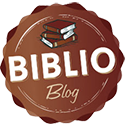
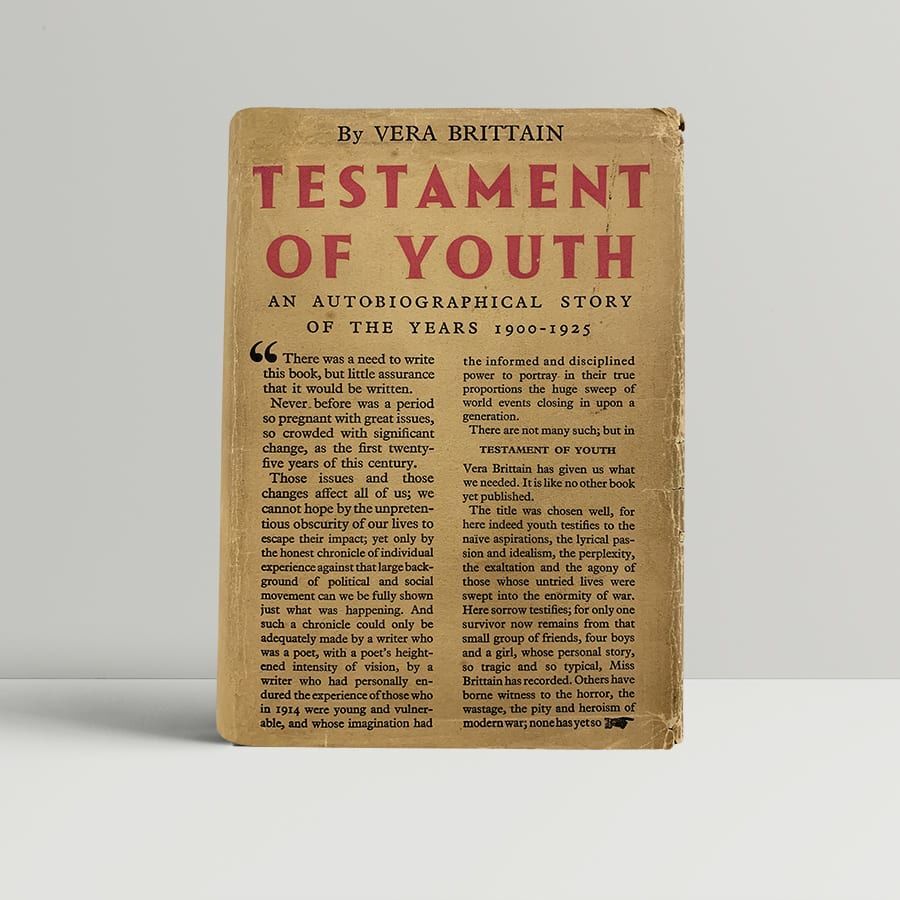
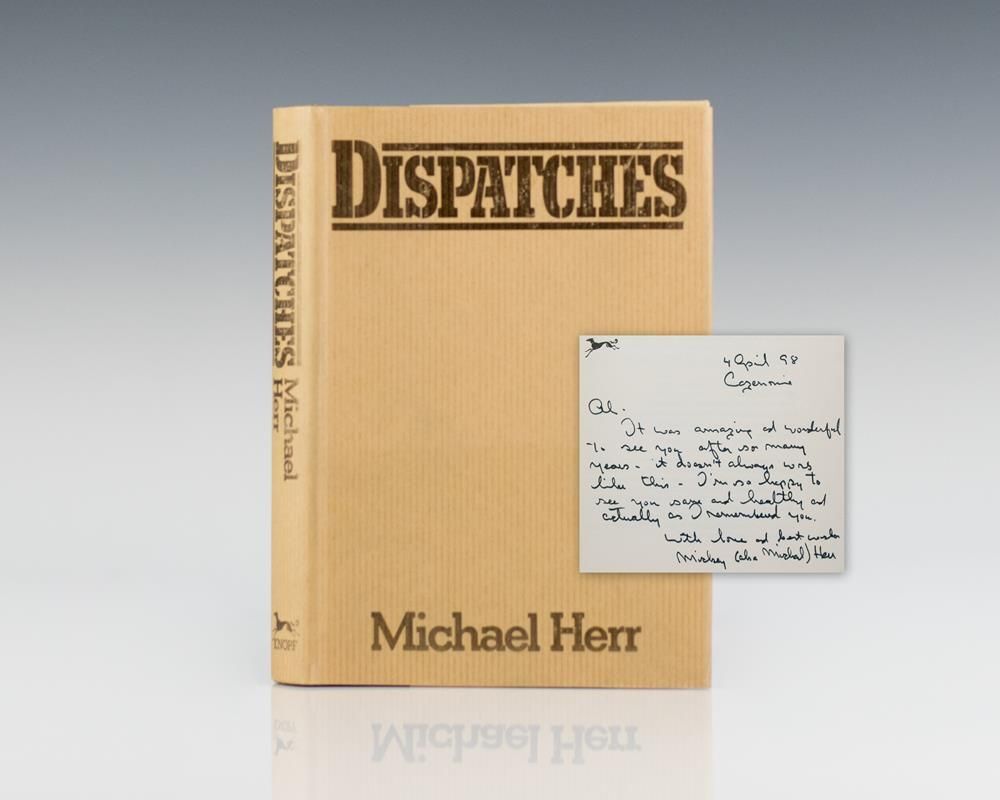

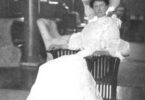
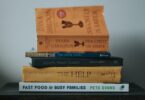
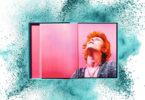
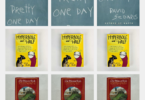
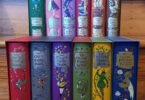
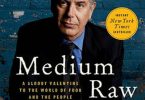
a good book about WW1 memoirs is Paul fussell’s
The Great War and Modern Memory
I argue, as so many others have, that WWI prompted not only an incredible literary output in fiction, nonfiction and poetry but prompted a major turn in subject matter and writing style. The results effectively presented war without gloss and depicted its influence on both soldiers and noncombatants. WWI literature became a means of confronting and recording an horrendous and never before experienced world tragedy. In the same manner as the war itself, the prose and poetry of WWI became a disruptive force. This force with its honesty became a model which continues in literary productions of the present.
The Civil War. Our Pioneer Museum here in Gunnison Colorado has artifacts from Lewis H. Easterly, who was enlisted in the Union Army as a drum and fifer at the age of 8, including his worn and torn drum. His great-grandson, Bob Easterly, wrote a book titled By An Act of Congress about Mr. Easterly. We have also been documenting the amazing life of Ferdinand Schavers, President Lincoln’s first selected bodyguard. He lived in Gunnison and ran a very successful barber business for over 40 years. Both men were very involved in Grand Army of the Republic activities and are buried in our local cemetery.
The greatest wartime eras for me are the Civil War and WW2. I’ve also recently discovered the fascination of Revolutionary War maritime history. “Give me a Fast Ship” by Tim McGrath is an excellent read! I recommend it!
My husband and his brother are interested in WWI and WW2. A very specific war they are interested is the Zulu war. Grateful to this website.
I am actually in the middle of transcribing my wife’s Great-Uncle’s WW1 diary . He was an engineer working in the Timmins mine – The Hollinger – when he decided to enlist in 1916. He was in France in no time, right in the trenches not far from Vimy Ridge. As an officer and sapper, he was directly involved in events such as The Messine Ridge Event. A fun task. Actually, not sure what to do when I finish. Open to input.